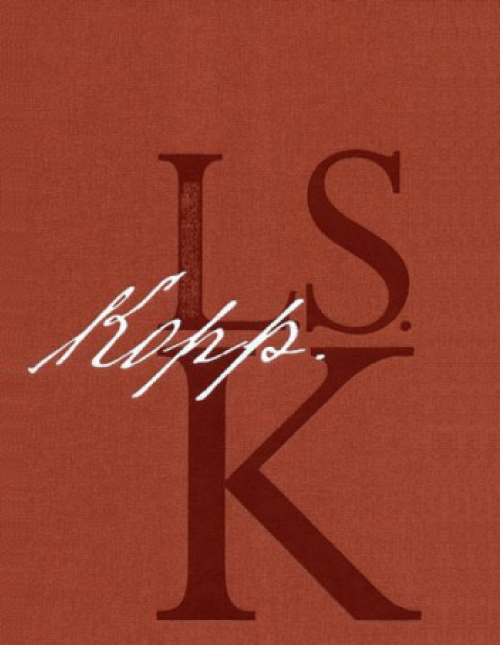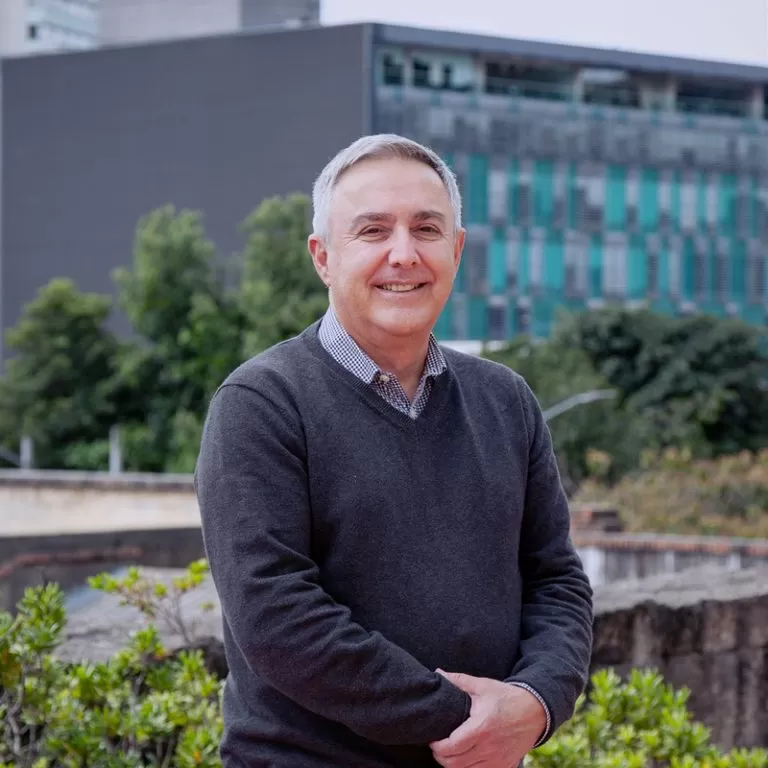Si usted hace turismo en Bogotá es probable que el guía incluya dentro del recorrido por los lugares más emblemáticos de la ciudad el cerro de Monserrate, la Plaza de Bolívar, el Museo del Oro y la tumba del «santo Kopp» en el Cementerio Central. Sin embargo lo sorprenderá que ese santo no sea ciolombiano, no figure en el santoral católico, esté vinculado a la masonería y sea de origen judío. Se desconcertará aún más cuando le digan que pese a ser un acaudalado empresario, su tumba es la más visitada del cementerio por gente muy humilde, que rinde culto a su memoria todos los lunes del año, desde el 27 de septiembre de 1928, primer aniversario de su muerte.
If you are sightseeing in Bogotá, it is likely that the guide will include in the tour of the most emblematic places of the city the hill of Monserrate, the Plaza de Bolívar, the Gold Museum and the tomb of «Santo Kopp» in the Central Cemetery. However, you will be surprised that this saint is not a Colombian, does not appear in the Catholic saints, is linked to Freemasonry and is of Jewish origin. He will be even more disconcerted when he is told that despite being a wealthy businessman, his grave is the most visited in the cemetery by very humble people, who worship his memory every Monday of the year, since September 27, 1928, the first anniversary of his death.



